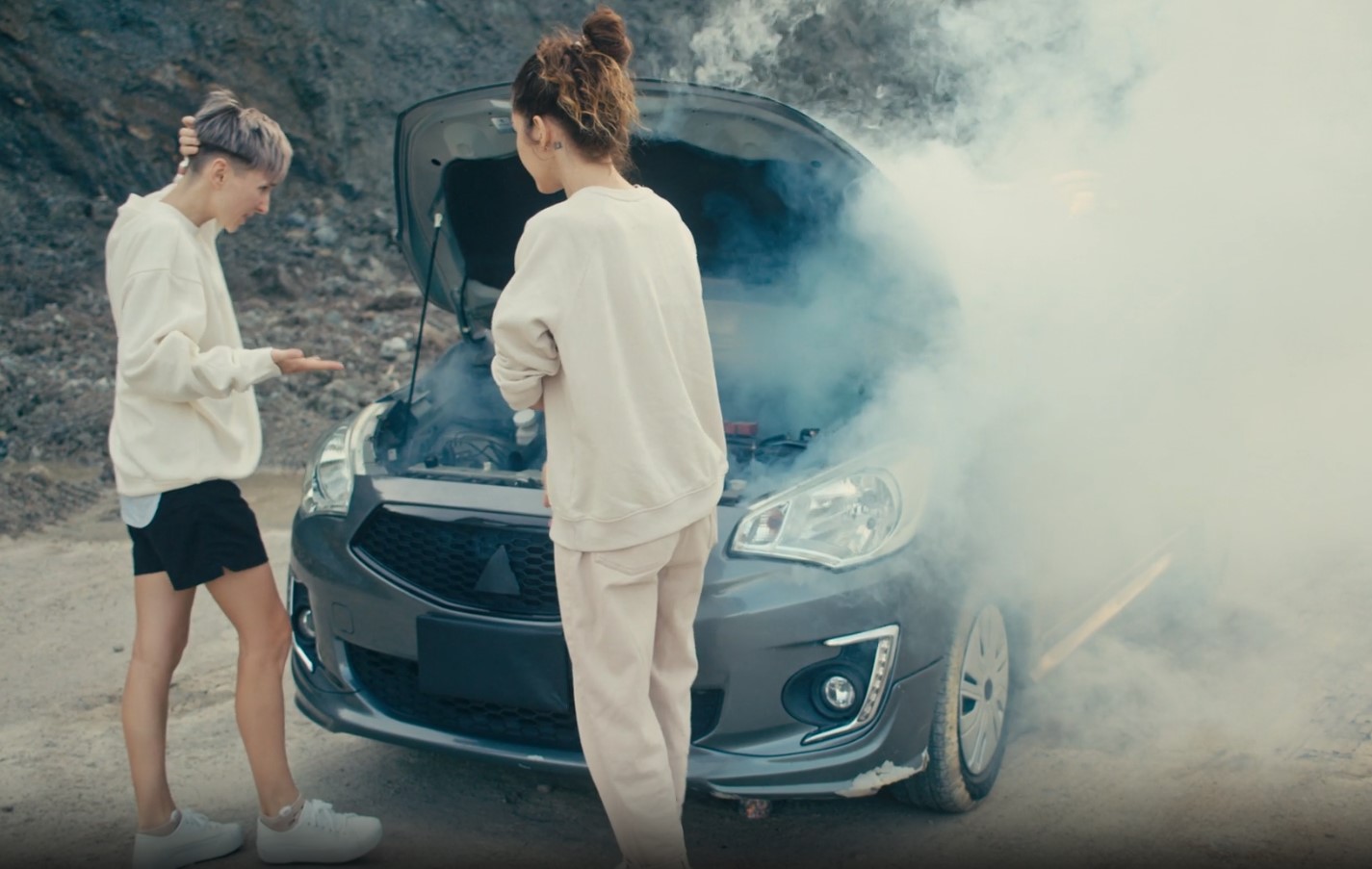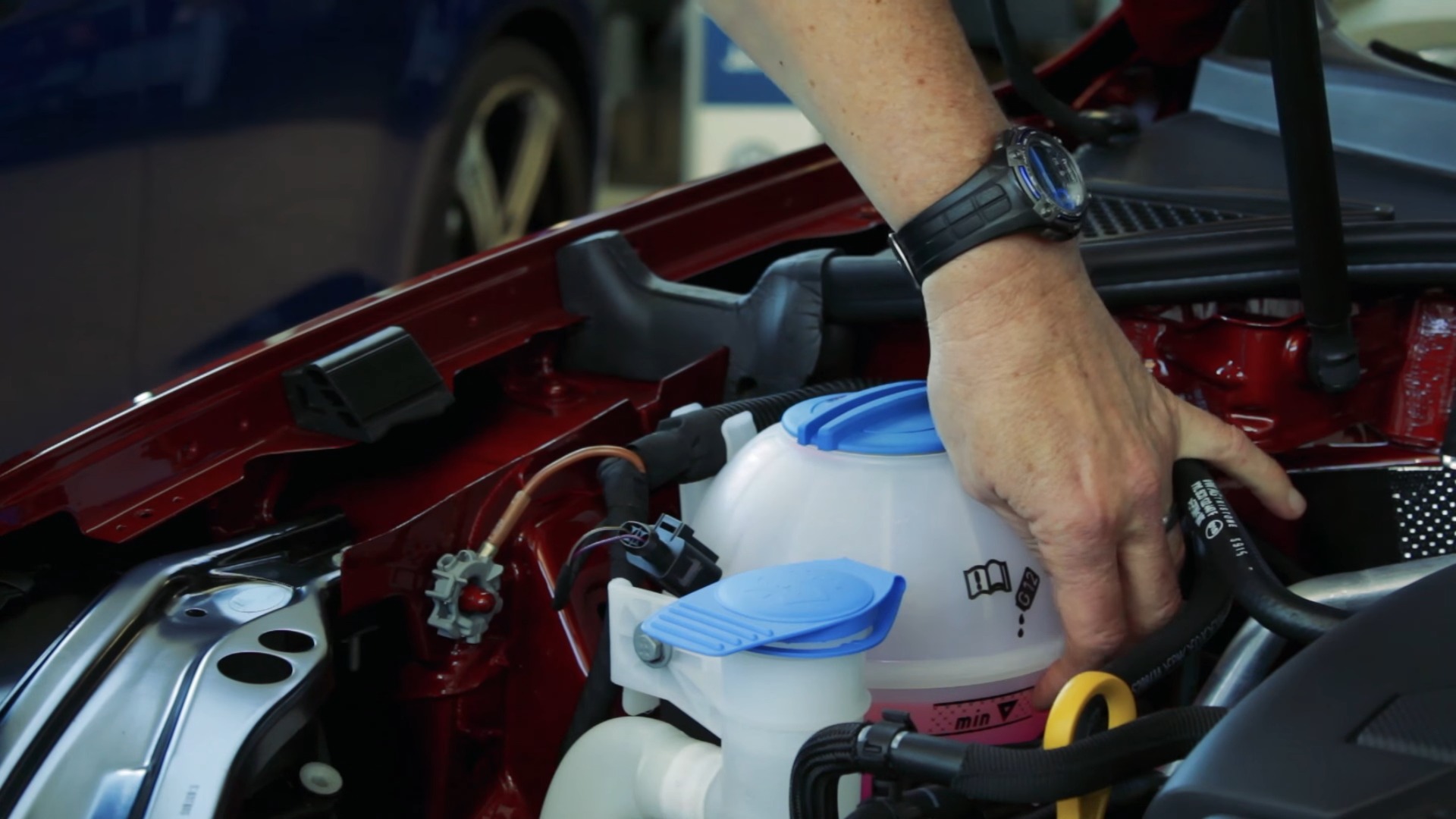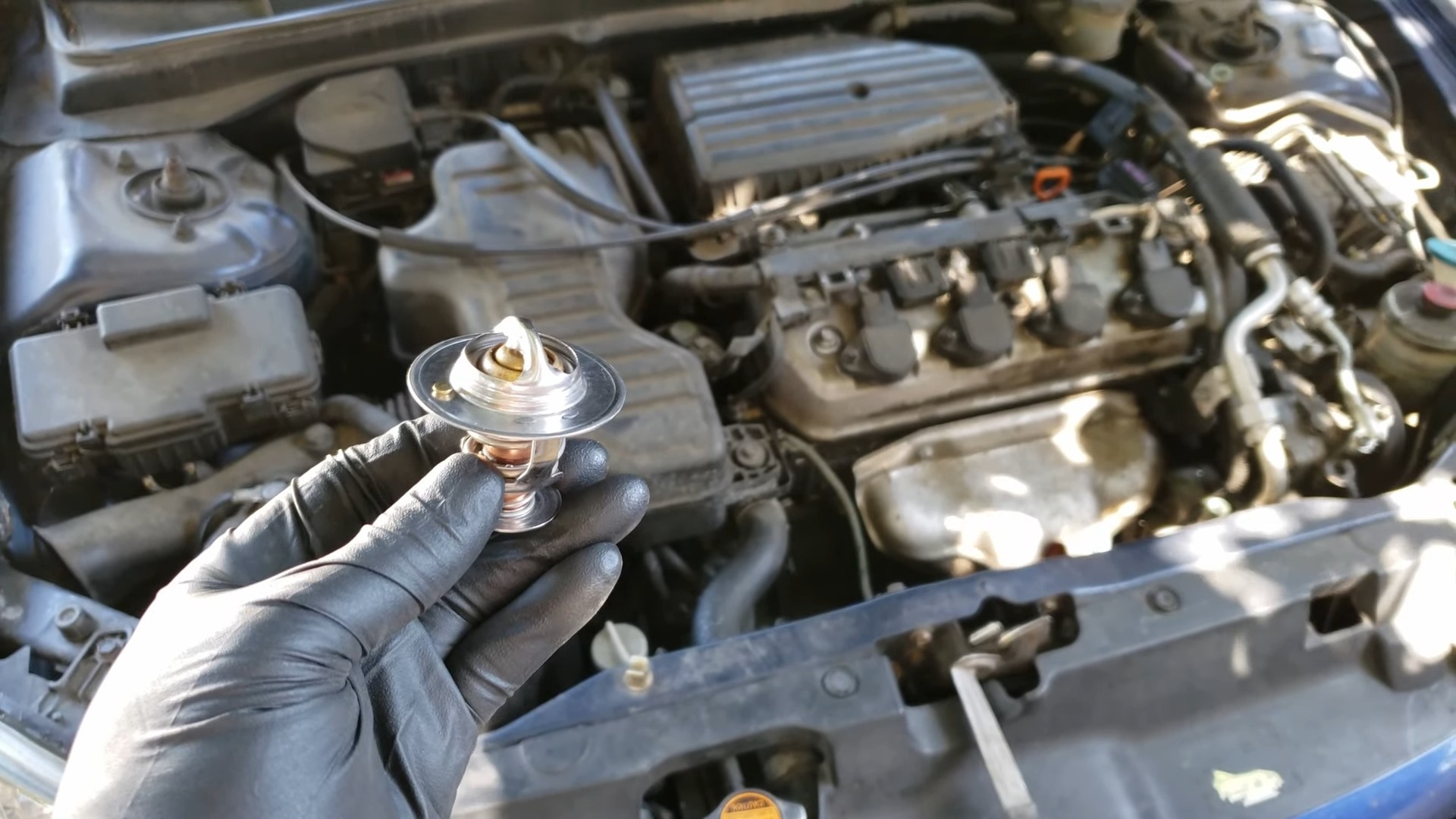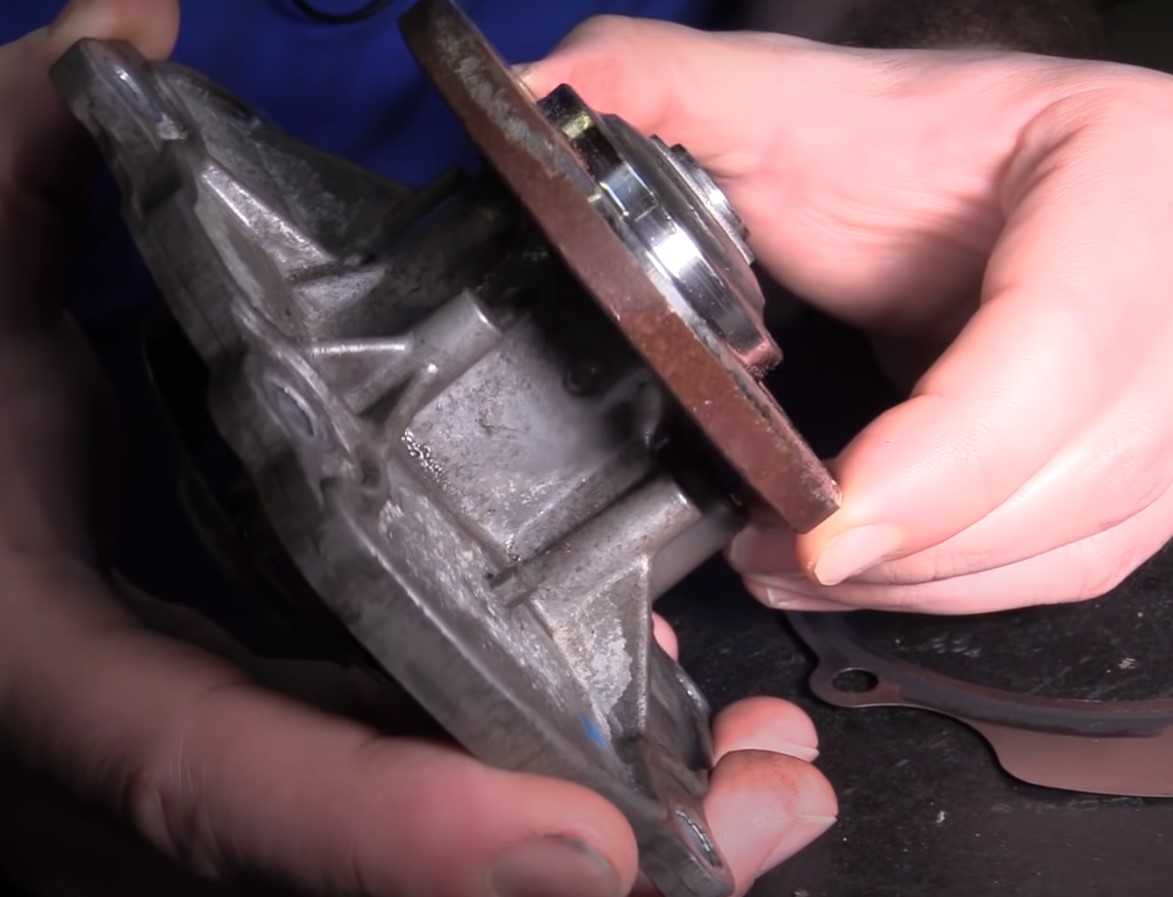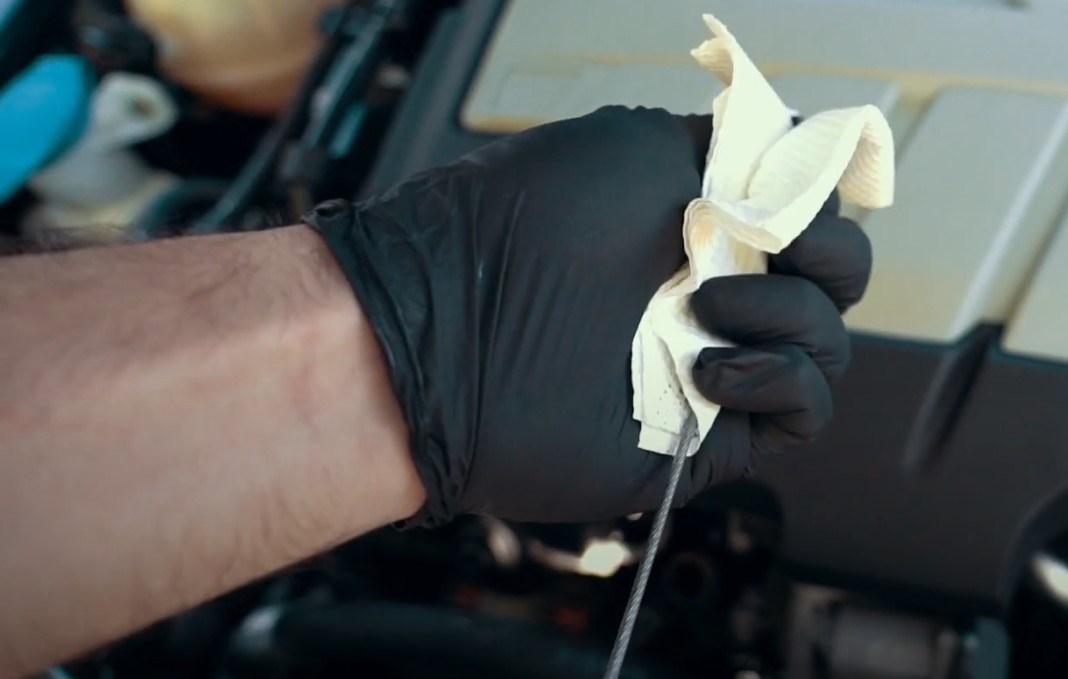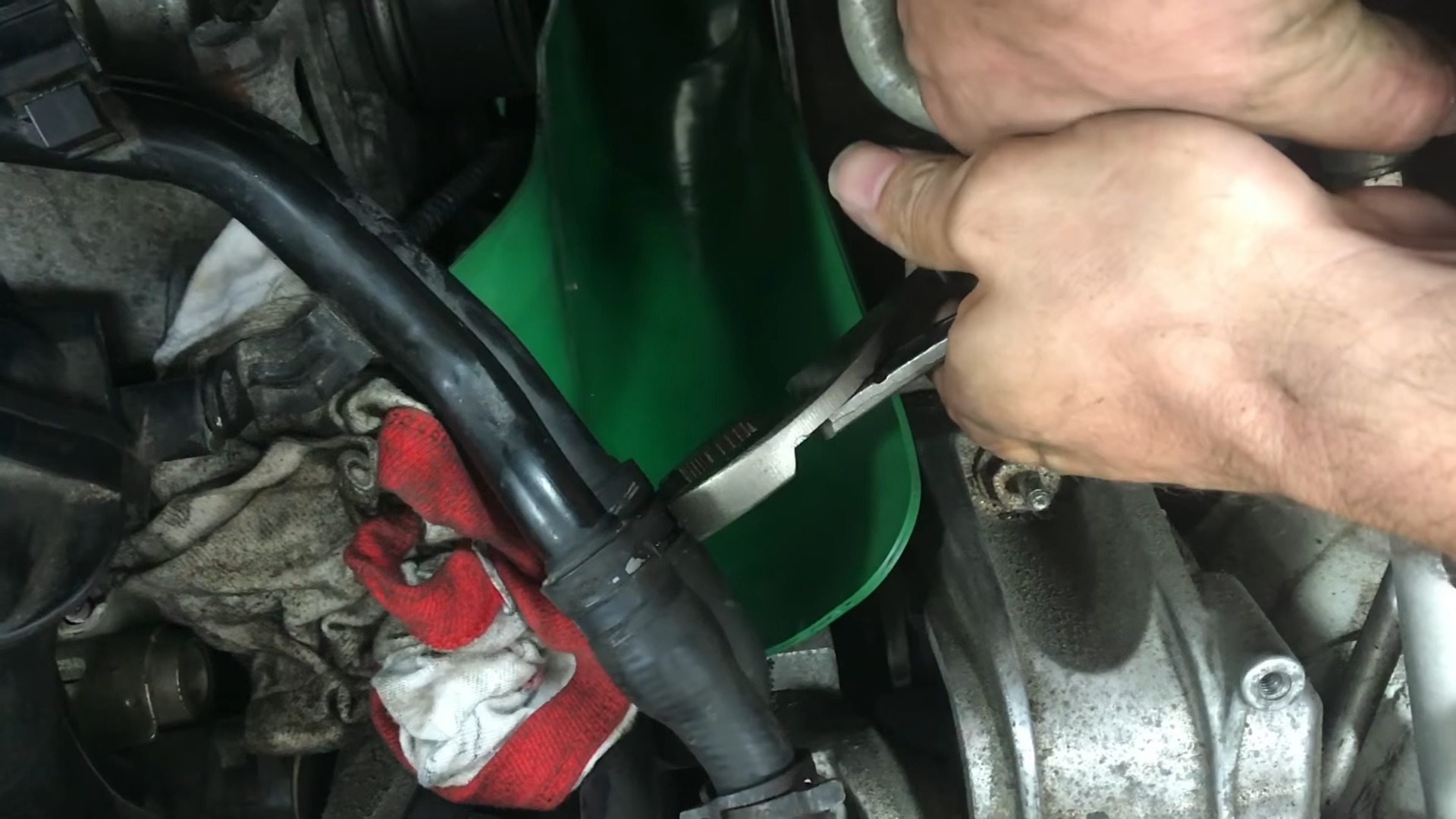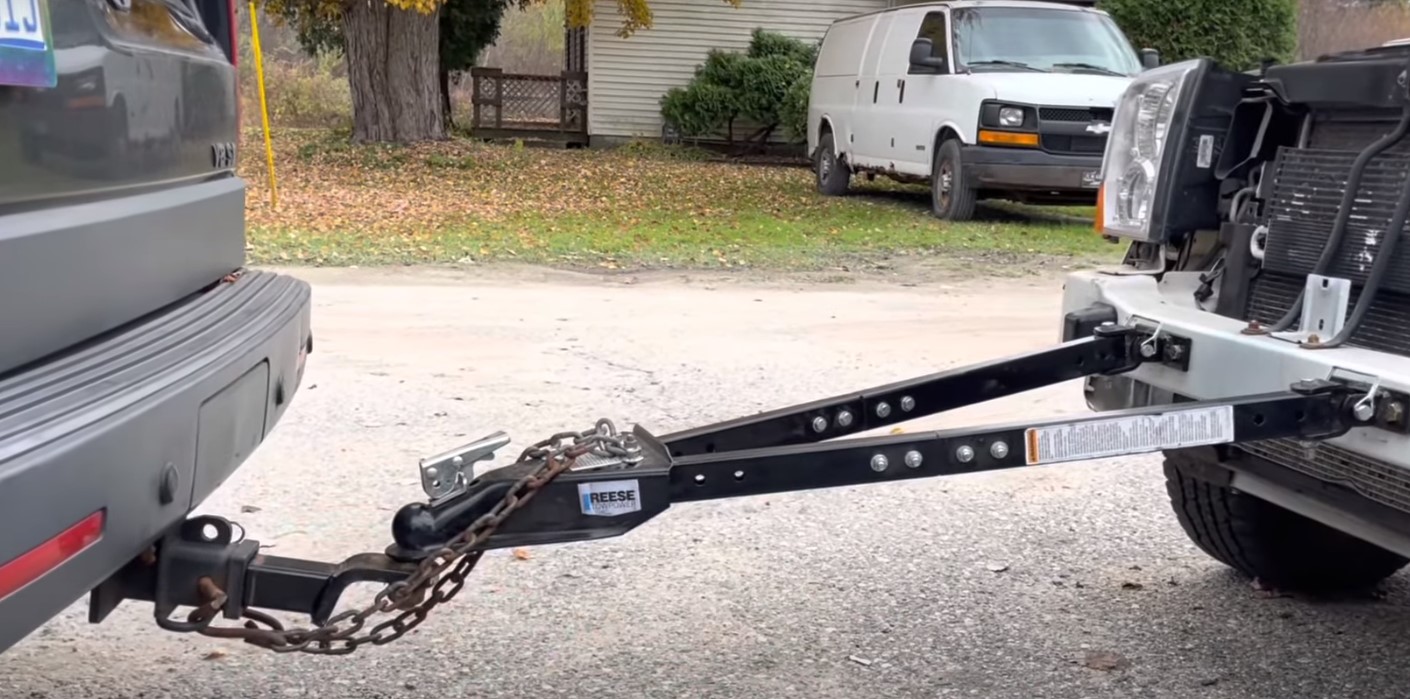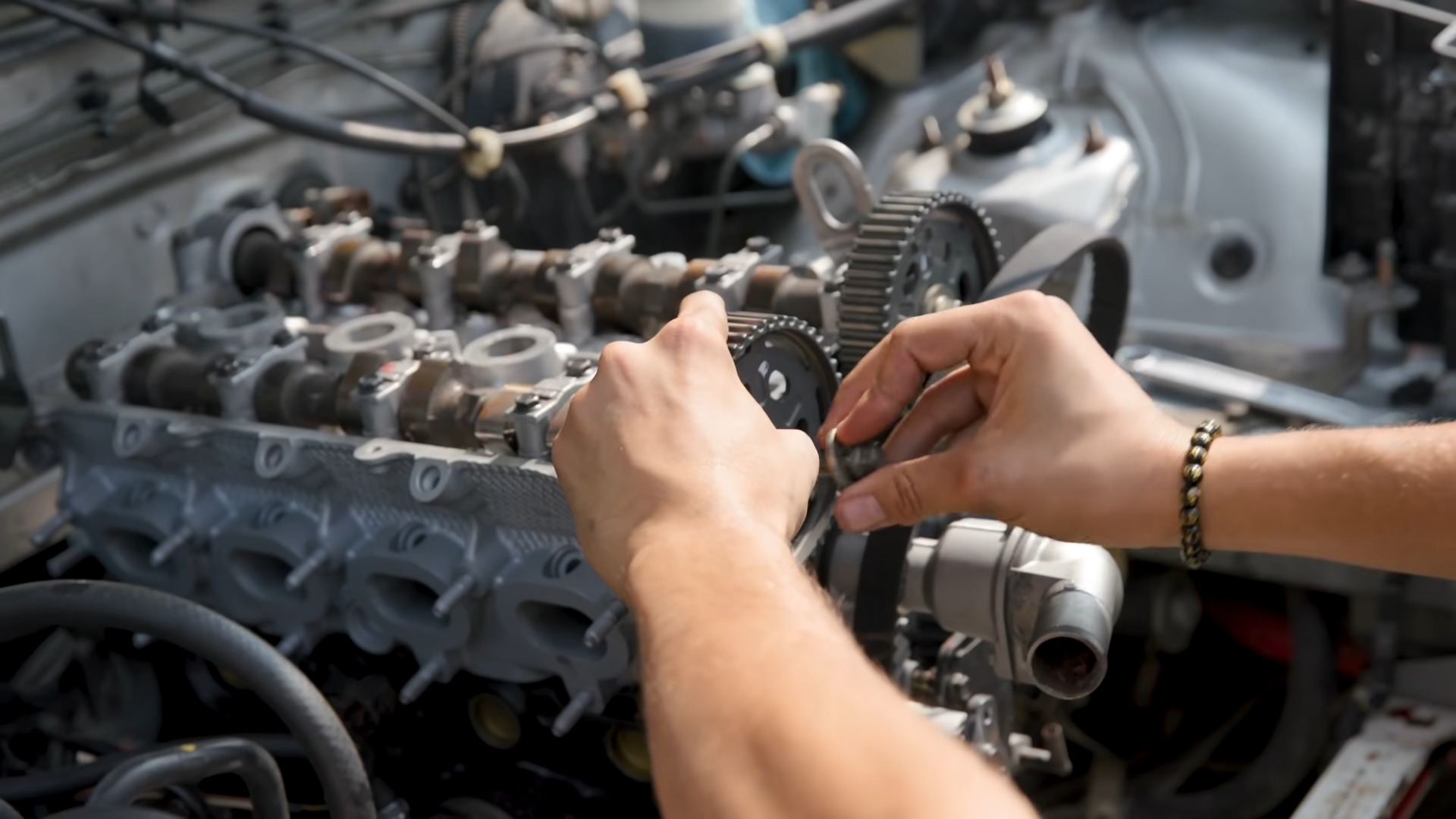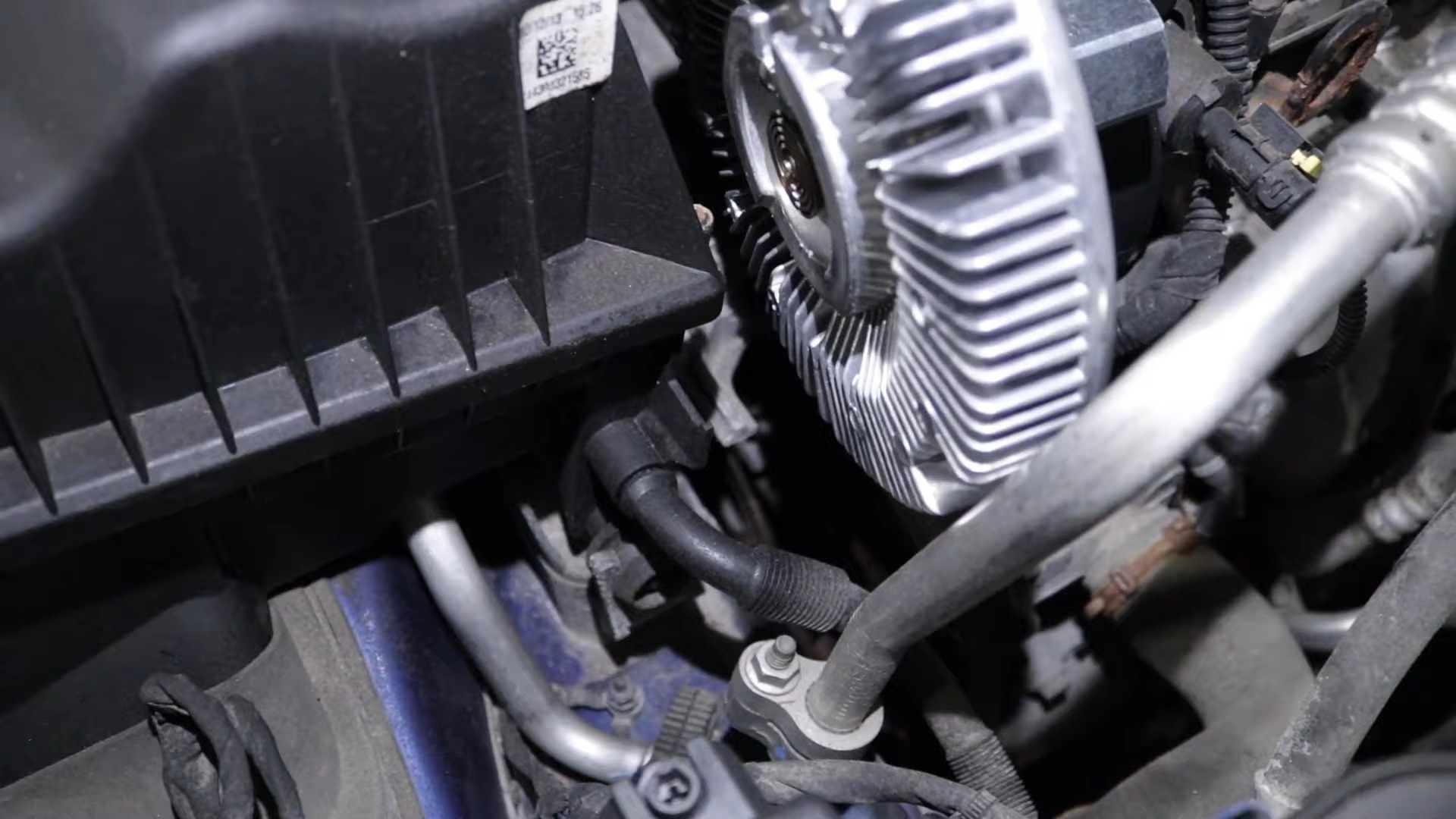As a seasoned mechanic with years of experience under the hood, I’ve seen my fair share of overheating engines. It’s a widespread issue that can catch many drivers off guard.
Overheating can be a symptom of various underlying problems, and pinpointing the exact cause is crucial for any car owner. Here we’ll explore the potential reasons your vehicle might be running hotter than usual.
11 Issues Of Overheating
1. Inadequate Coolant Levels
The cooling system in your car is like the body’s circulatory system, with coolant as its lifeblood. If your car is overheating, the first thing to check is the coolant level.
Low coolant can occur due to leaks or simply not topping up the fluid regularly. Without enough coolant, heat from the engine isn’t transferred away efficiently, leading to overheating.
If you’re consistently noticing a drop in coolant levels, there’s a good chance of a leak. Inspect the radiator, hoses, and the engine for any signs of coolant leaks, which may appear as a puddle of antifreeze under the car—a telltale sign that it’s time for a closer look.
Solution:
Regularly check your coolant level and top it up if necessary. If you suspect a leak, inspect the radiator, hoses, and engine for any signs of escape. Repair any leaks promptly to maintain the correct coolant level.
2. Malfunctioning Thermostat
The thermostat in your car is a critical component that regulates the flow of coolant to the engine.
When it fails, it can stay closed, blocking the coolant from circulating properly, causing the engine temperature to rise rapidly. This is often a silent culprit that can be easily overlooked.
A telltale sign of a thermostat issue is an engine that heats up quickly and stays hot. Replacing a thermostat is generally straightforward and cost-effective. It’s a small investment that can prevent your engine from suffering major heat damage.
Solution:
If overheating occurs rapidly, replace the thermostat. It’s a relatively simple and cost-effective procedure that can often be done at home with basic tools.
3. Radiator Problems
The radiator is the core of your car’s cooling system, dissipating heat away from the coolant. If there’s a problem with the radiator—whether it’s clogs, leaks, or damage—the engine’s temperature will climb. Regular maintenance and cleaning are essential to keep the radiator functioning correctly.
Common Radiator Issues
Over time, radiators can suffer from:
- Internal blockages from sediment or rust
- External blockages from debris like leaves or insects
- Physical damage from accidents or road debris
A visual inspection can often reveal if the radiator is the source of your overheating issues.
Solution:
Keep the radiator clean and free from blockages. If there are leaks or damage, repair or replace the radiator. For internal clogs, a radiator flush might be necessary.
4. Faulty Water Pump
The water pump is the heart of the cooling system, pushing coolant through the engine and radiator. A malfunctioning water pump can lead to poor circulation of coolant, resulting in overheating. It’s often accompanied by a whining sound from the front of the engine or coolant leaks at the pump.
Identifying Failure
To check for water pump failure, look for:
- Coolant leaks at the front-center of your car
- A high-pitched whining sound that changes with engine speed
- Steam from the radiator as the engine runs
Prompt replacement of a failing water pump is crucial to prevent engine overheating and potential engine damage.
Solution:
Listen for a whining sound or look for coolant leaks around the pump. If the water pump is failing, replace it immediately to restore proper coolant circulation.
5. Insufficient Oil Levels
Many people don’t realize that oil plays a significant role in cooling engine components. Low oil levels can cause increased friction and, consequently, higher temperatures within the engine. Regular oil checks and changes are not just for lubrication but also for cooling.
Checking Oil Levels
Always monitor your oil level and look out for:
- The oil warning light on your dashboard
- A significant drop in oil levels between changes
- Dark, dirty oil which can indicate contamination and poor performance
Maintaining proper oil levels is a simple yet effective way to help prevent your car from overheating.
Solution:
Check your oil level regularly and change it according to the manufacturer’s schedule. Use the correct type of oil for your vehicle to ensure optimal lubrication and cooling.
6. Clogged or Broken Hoses
Hoses are the pathways that allow coolant to flow throughout your engine. If a hose is clogged or broken, it can restrict the flow of coolant and lead to overheating. It’s essential to inspect hoses regularly for any signs of wear or blockage.
Hose Maintenance
Keep an eye out for:
- Soft spots on hoses which can indicate a weakness
- Cracks or holes that can cause leaks
- Blockages from built-up residue
Replacing hoses at the first sign of trouble can save you from a roadside breakdown due to overheating.
Solution:
Inspect all hoses for signs of wear, soft spots, or blockages. Replace any damaged or worn hoses to ensure a clear path for coolant flow.
7. Faulty Radiator Cap
The radiator cap may seem like a small part, but it’s essential for maintaining the right pressure in the cooling system. A faulty cap can cause the system to lose pressure, which lowers the boiling point of the coolant and can lead to overheating.
Cap Inspection
Check the radiator cap by looking for:
- Cracks or damage to the cap
- A weak or broken spring inside the cap
- Signs of coolant leakage around the cap
Always ensure the cap is in good condition and is the correct one for your vehicle’s specifications.
Solution:
Examine the radiator cap for any damage or wear. If it’s faulty, replace it with a new one that meets the OEM specifications for your vehicle.
8. Engine Overload
Towing heavy loads or driving in challenging conditions can put extra strain on your engine, causing it to overheat. It’s important to know your vehicle’s limits and operate within them to prevent overheating due to engine overload.
Preventing Overload
To avoid overloading your engine:
- Be mindful of the weight limits for towing with your vehicle
- Avoid aggressive driving, especially in hot weather or up steep inclines
- Consider upgrading cooling components if you frequently drive in demanding conditions
Understanding your vehicle’s capabilities and driving accordingly can help keep the engine cool.
Solution:
Avoid towing weights that exceed your vehicle’s capacity and drive conservatively, especially in hot weather or when climbing steep grades. Consider enhancing the cooling system if you frequently drive in demanding conditions.
9. Damaged Head Gasket
The head gasket is a critical seal between the engine block and the cylinder head. If it’s damaged, it can lead to a variety of problems, including overheating. A blown head gasket can allow coolant to leak into the cylinders or oil, causing the engine to run hot.
Signs of a Blown Head Gasket
Be alert for:
- White smoke from the exhaust
- Oil with a milky appearance
- Unexplained coolant loss without any obvious leaks
A damaged head gasket requires immediate attention to prevent further damage to the engine.
Solution:
Watch for symptoms like white exhaust smoke or milky oil. If you suspect a blown head gasket, have it checked and replaced by a professional to prevent further engine damage.
10. Faulty Engine Cooling Fan
The engine cooling fan helps pull air through the radiator when your car is stationary or moving slowly. If the fan isn’t working correctly, it can’t help cool down the coolant, leading to overheating, especially in traffic or during idle.
Diagnosing Fan Issues
Symptoms of a faulty fan include:
- Overheating at low speeds or while idling
- The fan not engaging when the engine is hot
- Noises or visible damage to the fan blades
Ensuring your cooling fan is operational is key to managing your engine’s temperature.
Solution:
Check the fan’s operation regularly, especially if you notice overheating at low speeds. Replace the fan or repair the electrical connections if the fan fails to engage.
11. Extreme Weather Conditions
Extreme heat can push your car’s cooling system to its limits. On very hot days, the system has to work harder to dissipate the excess heat, which can sometimes lead to overheating.
Mitigating Weather Effects
To combat the heat:
- Park in the shade or use a sunshade to keep the interior cool
- Use the air conditioning sparingly if you notice the engine temperature rising
- Ensure your cooling system is serviced before the start of a hot season
Being proactive about your vehicle’s maintenance can help it better cope with extreme temperatures.
Solution:
To mitigate overheating in extreme heat, ensure your vehicle’s cooling system is well-maintained, park in the shade, and use the air conditioning judiciously. Keep the system serviced, especially before the hotter months.
Frequently Asked Questions
How often should I replace the coolant in my car?
It’s recommended to replace the coolant every 30,000 to 60,000 miles, but always check your vehicle’s manual for specific guidance.
Can a dirty air filter cause my car to overheat?
While a dirty air filter can affect engine performance, it’s not a common cause of overheating. It can, however, lead to increased fuel consumption and reduced power.
Does running the air conditioning affect engine temperature?
Yes, using the air conditioning puts additional load on the engine, which can increase the operating temperature, especially if there are existing cooling system issues.
Can frequent short trips cause overheating?
Short trips typically don’t allow the engine to reach optimal operating temperature, but they shouldn’t cause overheating. If your car overheats during short trips, it’s likely due to a cooling system problem.
How do I know if my car needs more coolant?
Check the coolant reservoir; if the level is below the “minimum” mark, you need to add more. Always check when the engine is cool to avoid injury from hot fluid or steam.
Can I use water instead of coolant if I’m in a pinch?
While water can temporarily help in an emergency, it’s not a substitute for coolant. Coolant has additives that prevent corrosion and freezing, which water alone cannot provide.
What should I do if my car overheats while driving?
Pull over safely, turn off the engine, and allow it to cool. Do not attempt to open the radiator cap while the engine is hot. Once cooled, check the coolant level and look for leaks.
Final Words
Understanding the various factors that contribute to car overheating can save you from unexpected breakdowns and costly repairs. Keep an eye on your vehicle’s temperature gauge and perform regular maintenance to ensure a long and healthy life for your car’s engine.

